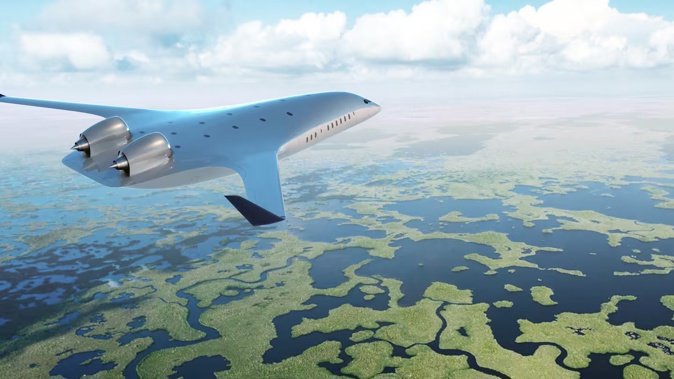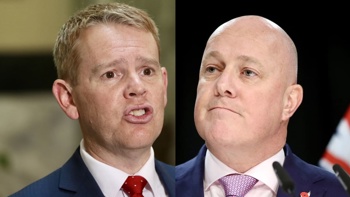
Commercial airplanes have hardly changed for the past 60 years, but a new and more sustainable aircraft is in the works to take flight as soon as 2030, and it’ll likely be the biggest leap in commercial aircraft architecture since the Boeing 707.
The skies are shaping up for what is being billed as a “revolution in aviation”, as JetZero announces that its 1:8 scale “blended wing body” demonstrator plane, Pathfinder, has been granted an FAA Airworthiness certificate and will start test flights soon.
The general ‘tube and wing’ shaped aircraft that we know and love today has been used since the 1950s. This traditional design has solidified its reputation in commercial aviation due to its safe and tried-and-tested solutions.
However, as the industry desperately looks for new ways to create a sustainable way to take to the skies, the traditional form of aircraft makes it harder to reach the goal, and thus, poses a challenge to innovators.
JetZero’s answer is a ‘blended wing’. The goal is simple: pave the way to a new form of commercial aircraft to establish greater carbon efficiencies aviation.
At first look, the “blended wing body” resembles the “flying wing” design used in military aircraft such as the famous B-2 bomber, but what sets it apart is its larger middle section. Its naturally stable design requires no tail surfaces and creates a lighter aircraft.
More importantly, the the company says it will provide a flight path to zero emissions in big jets. Tom O’Leary, co-founder and CEO of JetZero promises a 50 per cent lower fuel burn and emissions in the new aircraft.

A look on the full-size JetZero 'blended wings' plane set to fly as early as 2030. Photo / JetZero
The long ride to the future
This isn’t the first time such a design has been pitched, but it’s closer to fruition than ever.
The first earliest attempts at building a blended wing design were in the late 1920s in Germany. In 1947, American aircraft designer and industrialist Jack Northrop created a jet-powered flying wing design, which inspired the B-2 in the 1990s.
What’s great about the hybrid between the military’s ‘flying wing’ design and the commercial ‘tube and wing’ design is it allows the entire aircraft to generate lift and minimise drag.
NASA has also confirmed that a ‘blended wing’ aircraft will have a wingspan slightly greater than a Boeing 747, and will weigh less, cost less, and more importantly, generate less noise and emissions.
Both Boeing and Airbus have already been experimenting with this concept, even before JetZero, but the challenge of sustaining pressure has been holding manufacturers back.
O’Leary has confirmed that the new non-cylindrical fuselage would make the interior of the plane wider: “Your typical single-aisle plane has three by three seats, but this is a sort of a shorter, wider tube. You get the same amount of people, but you might have 15 or 20 rows across the cabin, depending upon how each particular airline will configure it.”

A rendered look of the interior of JetZero's Pathfinder. Photo / JetZero
A game changer in the industry
Building an entirely new airplane from scratch is a big challenge and will take years to be fully certified. JetZero’s plan is to completely create an engine that can have emission-free propulsion powered by hydrogen. But to meet their 2030 target, the blended-wing aircraft will initially borrow engines from today’s narrowbody aircraft, like the Boeing 737.
Although it is promising news, the feasibility of achieving a 50 per cent reduction in fuel use remains uncertain. Both NASA and Airbus quoted a more modest 20% for their designs, while the US Air Force says a blended wing aircraft could “improve aerodynamic efficiency by at least 30 per cent over current Air Force tanker and mobility aircraft.”
Bailey Miles, an aviation analyst at consulting firm AviationValues, confirms, “It’s important to note that while a blended wing body can reduce drag and increase fuel efficiency, the actual benefits depend on the specific design, configuration, and operational conditions.”
Miles agrees that the blended wing body aircraft holds promise as a game changer in the aviation industry, but with the challenges of aerodynamic complexities, ensuring structural integrity, navigating regulatory hurdles, and adapting airport infrastructure, JetZero’s target of 2030 for entry into service is highly “inconceivable.”
But who truly knows?
Right now, all eyes are on JetZero and Pathfinder’s way to success.
This story was originally published on the Herald, here
Take your Radio, Podcasts and Music with you









